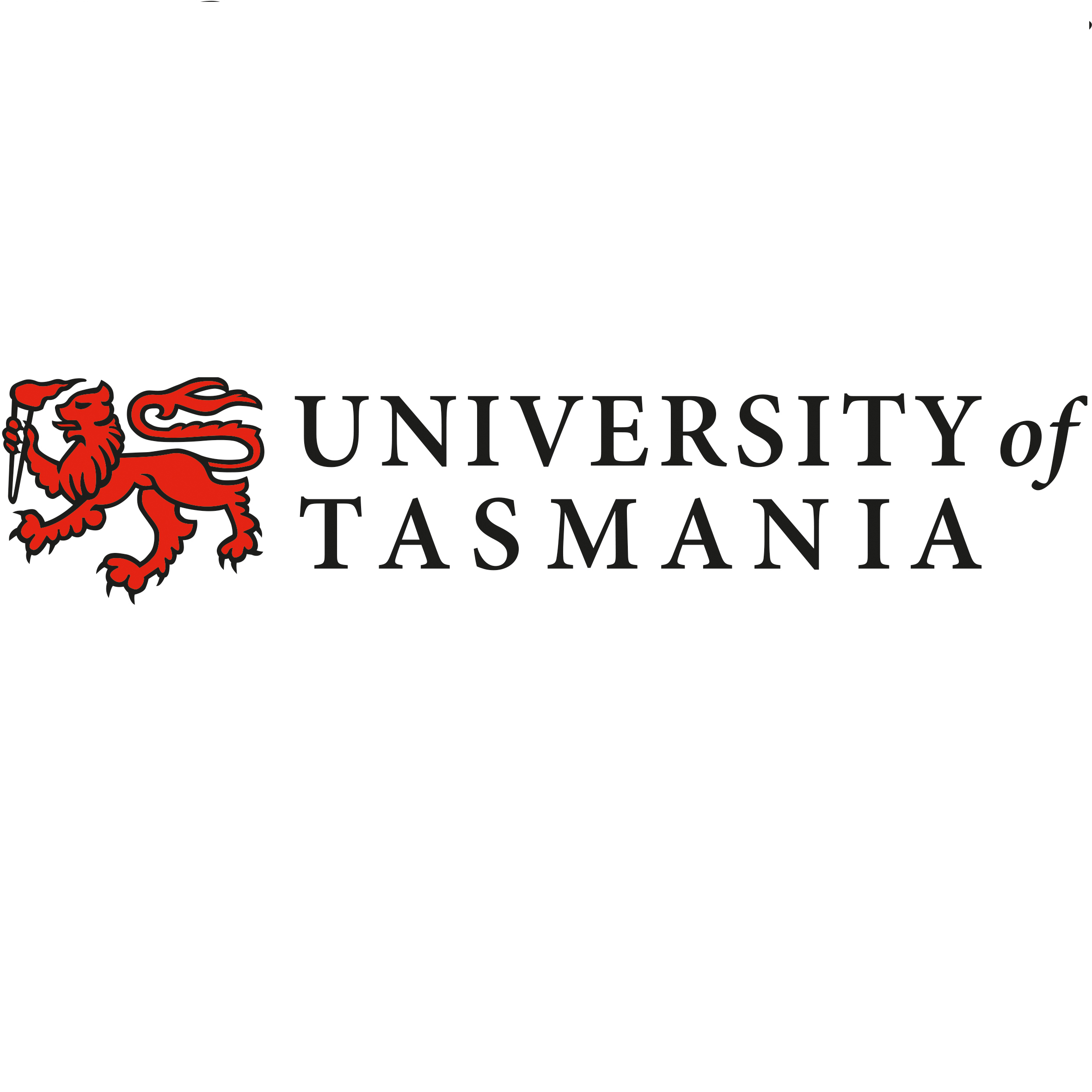Full description
This record details the mapping of marine 'landforms' (geomorphic features), 'substrate type', and 'ecosystems' classified using multibeam echosounder and marine LiDAR data for the Commonwealth Solitary Islands Marine Park (SIMP) during 2022-23.Mapping was conducted using multibeam echosounder (MBES), towed-video and sediment surveys. A bathymetry mosaic was generated using data sourced from the NSW DCCEEW bathymetry mosaic (https://datasets.seed.nsw.gov.au/dataset/aa8f268e-a23d-4d27-b046-f60c45f8349b), updated with MBES data collected within SIMP in 2023. Coupled with sediment sampling and towed video surveys, the data was used to: 1) ground-truth the MBES data, 2) map the extent and characterise the diversity of unconsolidated seabed types; and, 3) map the extent of rocky reefs and characterise sessile invertebrate diversity within these reef-dominated areas.
Seabed ‘landforms’ were derived from the bathymetry mosaic using the Seabed Landforms Classification Toolbox (Linklater et al. 2023). Landform features were subsequently grouped into 'hard' and 'soft' features according to the Seamap Australia National Benthic Habitat Classification Scheme (Lucieer et al. 2019), and additionally labelled with depth zonation to conform to the NESP Natural Values Common Language (Hayes et al. 2021).
This package contains a synthesised seabed classification dataset, with three additional contextual datasets:
• ‘SIMP_SeabedClassified’ defines seabed landforms, and reef and sediment areas delineated by depth intervals (10 m increments) classified according to the Parks Australia Natural Values Ecosystems and Seamap Australia Substratum component. See also https://datasets.seed.nsw.gov.au/dataset/f0e83f61-3790-4707-8dfe-2e505fbf3fd3
• ‘SIMP_BathyMosaicSources’ outlines the source coverages of the input bathymetric mosaic (also appended to the synthesised seabed classification dataset described above). See https://dx.doi.org/10.26186/149091 for access to bathymetry and backscatter survey data.
• 'SIMP_TowedVideoSubClass' provides point classifications of the primary seabed substrate from still images derived from towed videos. See https://squidle.org/geodata/explore#map for annotated imagery.
• 'SIMP_Sediments_Metadata' provides the location and associated metadata of sediment grabs. See https://pid.geoscience.gov.au/dataset/ga/69869 for access to the analysed sediment data in the MARS database.
The 'Lineage' section of this record provides full methodology and a data dictionary.
Surveys were funded by Parks Australia's Director of Marine Parks (Department of Climate Change, Energy, the Environment and Water) and completed under contract to the New South Wales Department of Climate Change, Energy, the Environment and Water. See Final Project Report: https://australianmarineparks.gov.au/static/734c97e56886d93a15c611222d227b33/amp-simp2024-report.pdf
References:
Lucieer, V., Barrett, N., Butler, C. et al. (2019). A seafloor habitat map for the Australian continental shelf. Sci Data 6, 120. https://doi.org/10.1038/s41597-019-0126-2
Hayes, K.R., Dunstan, P., Woolley, S. et al. (2021). Designing a targeted monitoring program to support evidence based management of Australian Marine Parks: A pilot on the South-East Marine Parks Network. Report to Parks Australia and the National Environmental Science Program, Marine Biodiversity Hub. Parks Australia, University of Tasmanian and CSIRO, Hobart, Australia, https://www.nespmarine.edu.au/system/files/Hayes%20et%20al_SS2_M8_D7_M4_Designing%20a%20targeted%20monitoring%20program%20to%20support%20evidence-based%20management%20of%20AMPs.pdf.
Linklater, M, Morris, B.D. and Hanslow, D.J. (2023). Classification of seabed landforms on continental and island shelves. Frontiers of Marine Science, 10, https://doi.org/10.3389/fmars.2023.1258556.
Lineage
Maintenance and Update Frequency: notPlannedNotes
CreditDirector of Parks, Parks Australia, Department of Climate Change, Energy, the Environment and Water, Canberra ACT
New South Wales Department of Climate Change, Energy, the Environment and Water, Sydney NSW
Integrated Marine Observing System - Understanding Marine Imagery Sub-facility and Squidle+
The focus for the Solitary Islands Mapping Project 2022-23 was to survey previously unmapped areas within commonwealth waters and complete high-resolution mapping coverage across all 152 km² of the marine park.
Issued: 24 11 2024
Data time period: 2022-08-31 to 2023-11-26
text: uplimit=63.6; downlimit=7.8
User Contributed Tags
Login to tag this record with meaningful keywords to make it easier to discover
Ingleton T, Sutherland M, Doszpot, N., Linklater, M., Doyle, T., Cruz, D., Morris, B., Jones, A., Ryall, B., Magos, J., Williams, A., Hanslow, D, and Bilham, K (2024). Mapping and characterising seabed habitats of Australia’s Solitary Islands Marine Park. Report to the Director of National Parks, Department of Climate Change, Energy, the Environment and Water. Australian Government. (Final Project Report)
uri :
https://australianmarineparks.gov.au/static/734c97e56886d93a15c611222d227b33/amp-simp2024-report.pdf![]()
DATA ACCESS - download the full data package described by this record [.zip 10MB]
(Explore all SIMP project data in the interactive Seamap Australia portal)
uri :
https://seamapaustralia.org/map/#e71b9110-db95-45f4-a11b-19dee2f9285f![]()
(DATA ACCESS - download bathymetry + backscatter data from AusSeabed/GA eCat)
doi :
https://dx.doi.org/10.26186/149091![]()
(DATA ACCESS - download Sediment Grab Sampling data [MARS filterable database])
uri :
https://pid.geoscience.gov.au/dataset/ga/69869![]()
(VIEW IMAGERY - Towed Video [Squidle+])
Map of seabed landforms, ecosystems and substratum (seamap:SeamapAus_NSW_SolitaryIslandsMP_landforms_2023)
uri :
https://geoserver.imas.utas.edu.au/geoserver/seamap/wms![]()
Map of bathymetry surveys (AusSeabed) (Solitary_Islands_Gumbaynggirr_Yaegl_MP_Bathymetry_2022_5m)
uri :
https://warehouse.ausseabed.gov.au/geoserver/ausseabed/wms![]()
Map of backscatter surveys (AusSeabed) (Solitary_Islands_Gumbaynggirr_Yaegl_MP_Backscatter_2022_5m)
uri :
https://warehouse.ausseabed.gov.au/geoserver/ausseabed/wms![]()
Map of sediment samples (MARS database) (Seabed_Sediments_Collection)
uri :
https://warehouse.ausseabed.gov.au/geoserver/ausseabed/wms![]()
Map of towed video deployments (Squidle+) (squidle:deployment_points)
uri :
https://squidle.org/geoserver/wms![]()
(NSW Multibeam Echosounder Grids methodology)
uri :
https://datasets.seed.nsw.gov.au/dataset/1801586c-e84d-4929-88e0-7a06927126ed![]()
(NSW Towed Video methodology)
uri :
https://datasets.seed.nsw.gov.au/dataset/b91e1ded-8e6e-46d0-b690-eadf5d5b8816![]()
(NSW Marine Estate Sediment Grab Sampling methodology)
uri :
https://datasets.seed.nsw.gov.au/dataset/nsw-marine-estate-sediment-grab-sampling![]()
(NSW SIMP Landforms Classification methodology [NSW SEED record])
uri :
https://datasets.seed.nsw.gov.au/dataset/f0e83f61-3790-4707-8dfe-2e505fbf3fd3![]()
ror :
038pwz535![]()
ror :
038pwz535![]()
ror :
038pwz535![]()
- DOI : 10.25959/HVRX-9P38

- global : f2493d9e-99f4-4d0c-b0e3-4c75d20915f0


